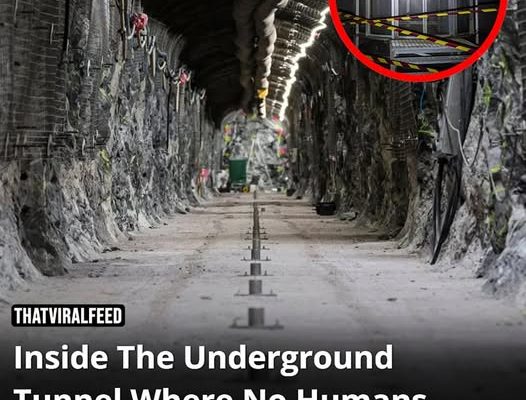To put this into perspective, 100,000 years ago, woolly mammoths still roamed the Earth, and the harsh conditions of the Ice Age saw the first humans migrating and struggling to survive.
What the future holds for humanity 100,000 years from now is anyone’s guess—perhaps we’ll have left Earth entirely by then.
Finland, a northern European nation bordered by Sweden, Norway, and Russia, has created the world’s first geological repository—a monumental project designed to safely bury spent nuclear fuel.
While the concept may sound unnerving, Finland has earned praise globally, with many hailing it as ‘a model for the entire world’ in terms of sustainable nuclear energy storage.
In 2025, this site will be sealed off permanently, and no human will be permitted to enter for 100,000 years.
This ambitious project is the brainchild of Posiva, Finland’s nuclear waste management organization, which plans to encase the spent fuel in watertight canisters and deposit them deep within the Onkalo geologic repository.

Benke described passing through a security gate with a turnstile before being escorted into a car by her guide.
“It takes 15 minutes to drive down to Onkalo’s service station which lies 437m (1,430ft) below the ground. As the 4.5km-long (2.8 mile) tunnel begins to snake down, we see a standard traffic sign for a 20km/h (12mph) speed limit. There are also green signs on the tunnel wall at regular intervals indicating how far we are from the surface,” she notes.

She added: “When the spent fuel starts being stored here, canisters will be lowered from this lift landing area further down to a deposition tunnel where they’ll be picked up by robotic vehicles to take them to vertical deposition holes – their final resting places.”
From next year onward, the rest of this incredible site will remain an enigma, sealed away for millennia.



